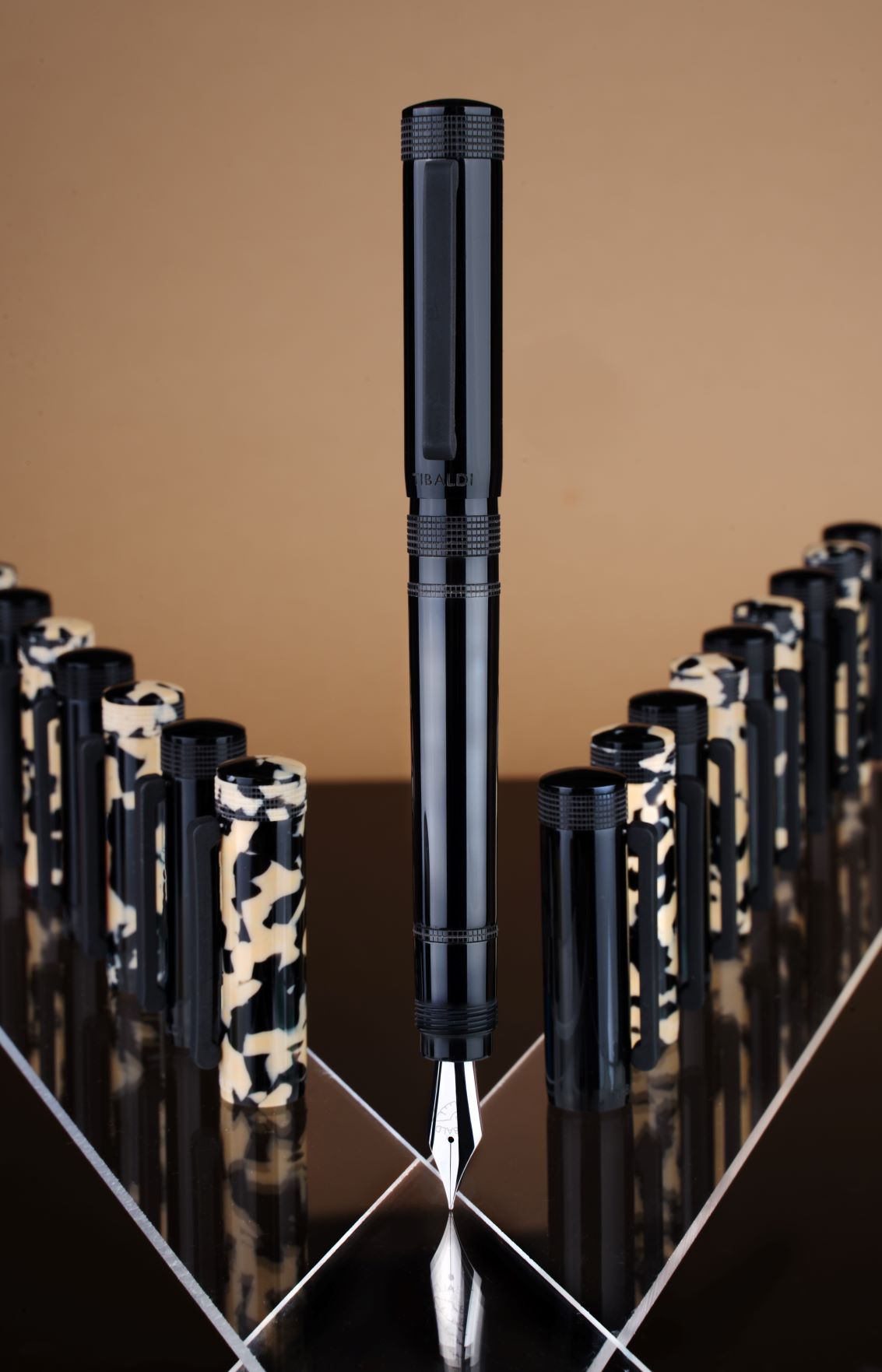
A “Classic” is a forever song – an outstanding example of creativity, that defines its very genre. A Classic is also something that successive generations go back to, with an intention to interpret it with their sensibilities, freeze frame its timelessness as it were – to view eternity through the stilts of the present. For, a classic, more than anything else, is the enigmatic smile of Lisa Gherardini and the soft sfumato of the master’s transcendence, rolled into one.

And even in Italy, where life is known to imitate art, a classic is seldom created with the spirit “amor vincitomnia”, with such loving tenderness, that even the creation asks is amazement, like Dante in Paradiso, “che ini lig asse con si dolci vinci”*? Take the Tibaldi’s Perfecta for example.
The Perfecta was the very first fountain pen to be labelled with the trademark Tibaldi. Not a mean fact by any stretches of the imagination for the period between the two Great Wars is variously considered to be the pinnacle of fountain pen craftsmanship and the Perfecta was introduced in the early 1920‘s, bang in the middle of this hedonistic moment of excess. The Roaring Twenties, it will not be out of place to mention here, was a period of unbridled economic prosperity and widespread growth as the economies V-curved from the wartime depression and devastation. And that the Perfecta was Tibaldi’s signature offering to a generation of no-holds-barred connoisseurs eager to live it up, is in itself an indictment of the kind of importance that Tibaldi had accorded to the model.
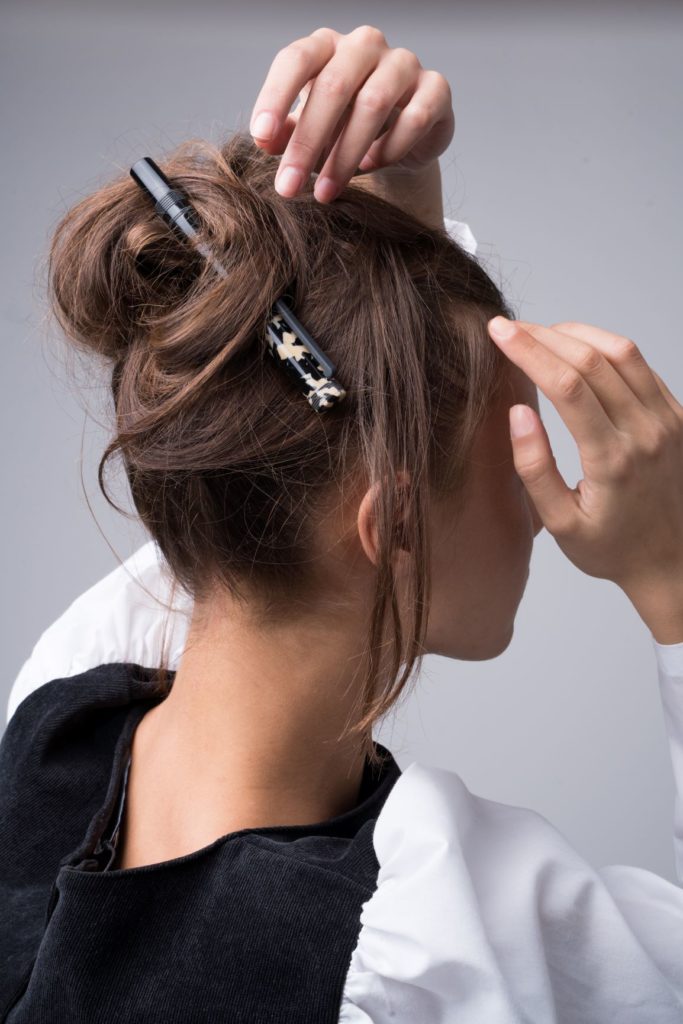
True to its core value as a classic, the Tibaldi Perfecta had had a long and unrestricted run of success since then, reproduced for decades at an end. What is more, it had spawned a multitude of sizes and styles, such was the popularity of its classic lines in its heydays. They were endearingly referred to by tenderly naïf names like Perfecta Baby, Perfecta number 2, 3 and 5, 6 and 8. And they came in a bewildering array of options – Perfectas were made short and thin, thick and tall, mini and giant.
The key point that warrants a mention here is “volume diversification”, which in these shrivelled markets may be a misnomer, but was a major leveraging factor in marketing in those heady days and Tibaldi Perfecta was known to have used it to the hilt to reach out and adorn the hands of every one who cared to possess one. The ones that were smaller in size and priced lower, were meant for the students. The handier models were aimed at the general market for mass consumption while the giant-sized pens were the chosen writing instruments that also doubled up as excellent promotional items for give-away’s.
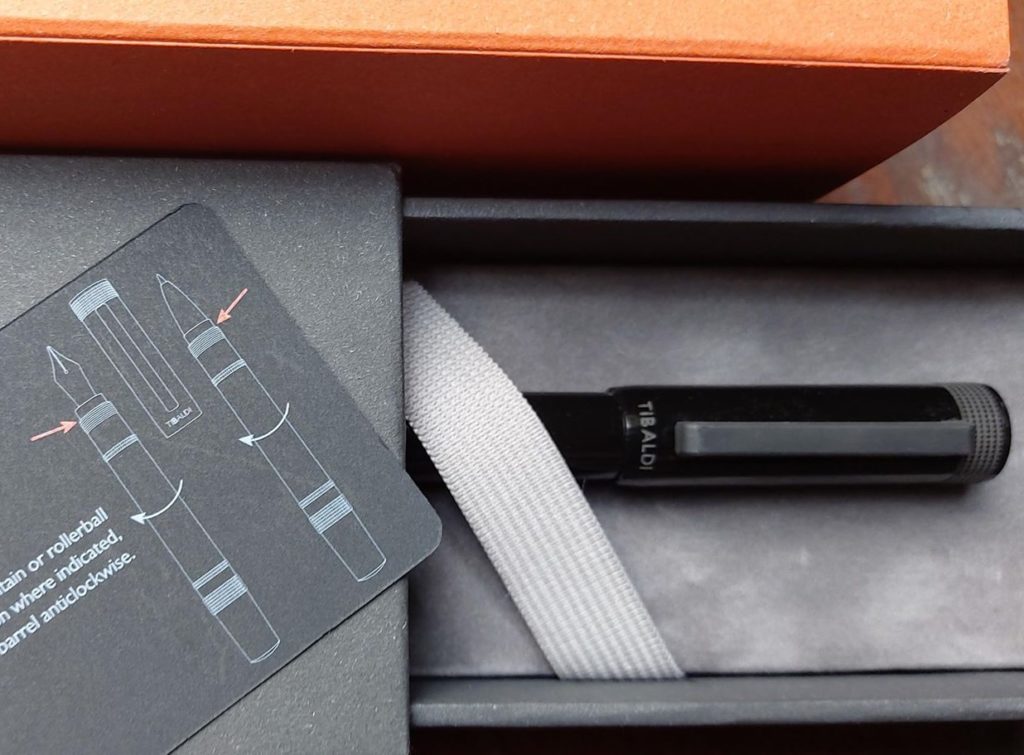
The reason behind the runaway success – iconic stature, if you may – of the Tibaldi Perfecta is not hard to gauge, even almost a hundred years on. Boasting black hard rubber as a sole material in use, the shape was plain, almost minimalistic in its functionality: sober and austere, with no frills, a design statement that the population, doing a phoenix from the ravages of war, could relate to. While it may not be exactly correct to label the Perfecta an “Art Deco” piece, the fact that it represented the finer nuances of the movement – an intention to create a sleek and sophisticated anti-traditional elegance that symbolized wealth and erudition cannot be over emphasised. The clean, simple shape of the Tibaldi Perfecta, the streamlined look, the representational form and the inherent admiration for modernity were tell-tale. In its time, the Perfecta had obliterated the gender divide with its futuristic appeal – that it would test even time itself must also have been surmised and left for time itself to decide.
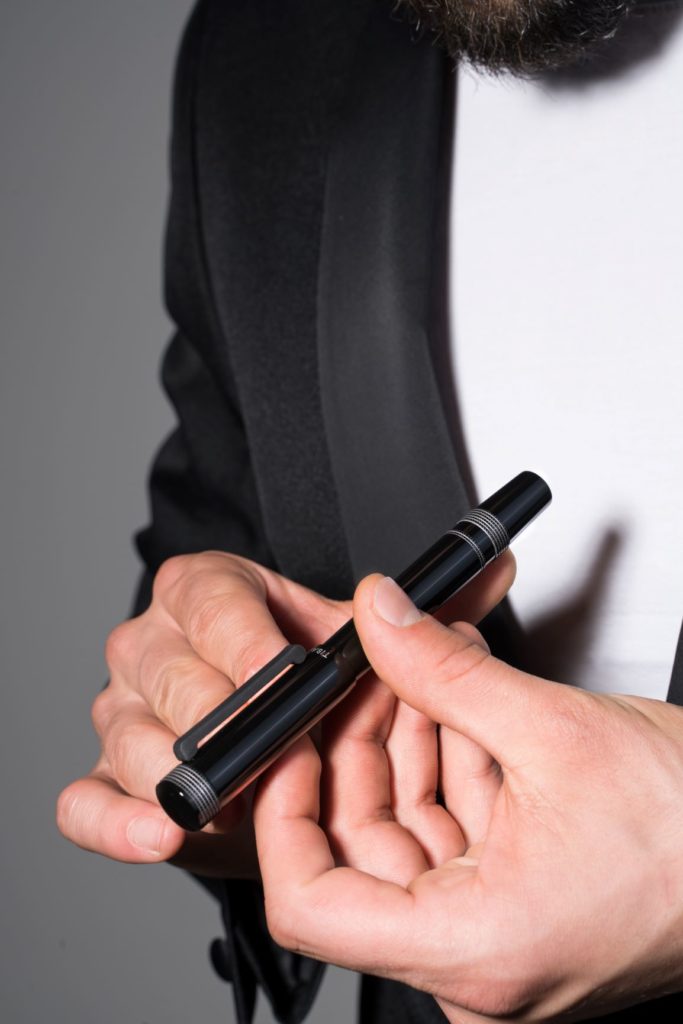
And lucky indeed we are, to be here now, that the time has come. For the Tibaldi Perfecta is back, resplendent in its century old glory, spinning yarns of a time that was. The gene is undistinguishable, though the appeal is pure, raw sex. Just a couple of indelible design highlights in rich black resin and checkered turbo domes is all that it takes to turn this century-old fountain pen into the coolest urban writing accessory – one that possesses the beholder as opposed to being possessed.
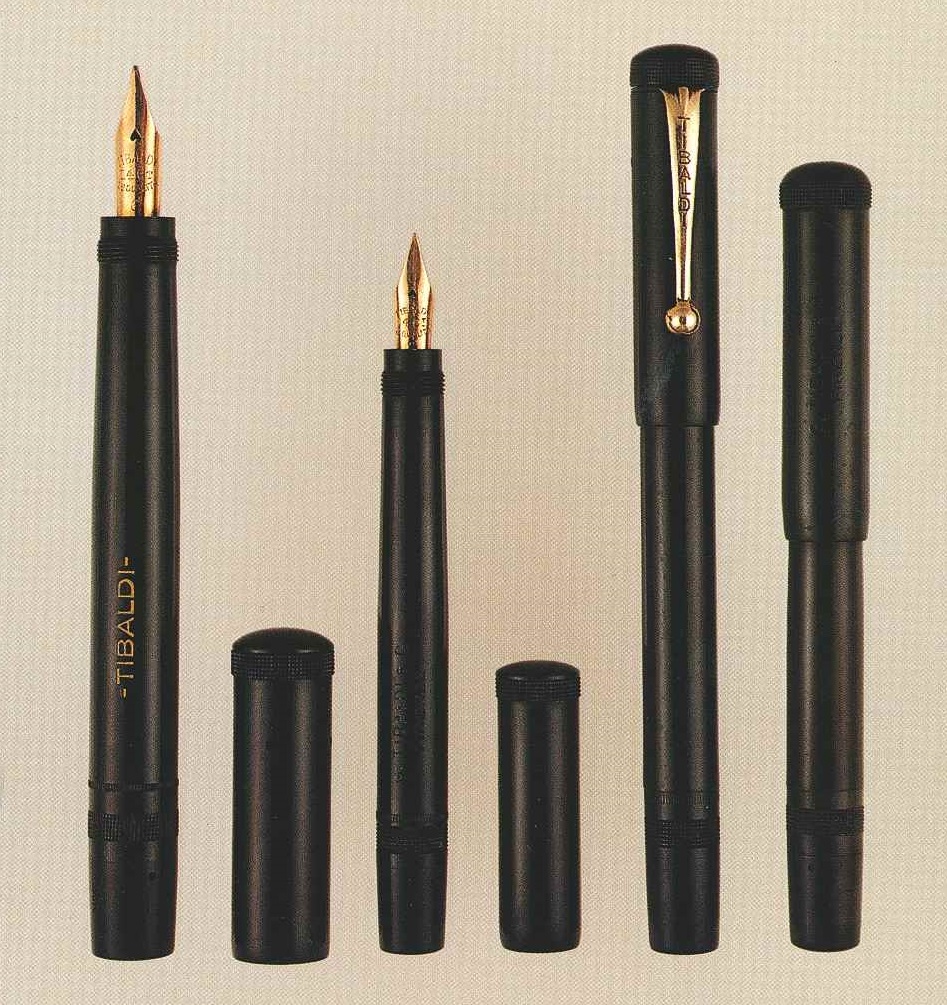
For a writing instrument that has seen a hundred years things like balance and performance – ink flow, line thickness, fatigue-free ease of writing – are inanities that can and should be avoided. What needs to be highlighted is that in its second coming, the Perfecta will not be addressing the needs of a generation looking for an instrument of regular use but to one that looks at a fountain pen as an accessory – a pen whose ability to start a conversation is as important as its ability to write one down. And if I am allowed to slip inn my two bits, the Perfecta will not only excel on both counts but may well become the yardstick against which those that are to follow will be judged.
Simply put, the Tibaldi Perfecta is a mediator between the past and the future. There couldn’t have been anything better to do justice to the name.
*Who might have confined me in such sweet bonds
For more information about Tibaldi:
Key Points:
Material: Top-grade rich black Resin with Palladium trim
Clip: Made in stainless steel with rubber coating, an innovation borrowed from the eyewear industry. The original Tibaldi Perfecta pen from the 1920’s did not have a clip.
Length: 136 mm
Uncapped: 123 mm
Posted: 160 mm
Diameter: (maximum) 12.00mm
Weight: 26 grams.
The Tibaldi Perfecta is not particularly big or bulky compared to other pens, but because of its unusual vintage silhouette and magnetic total-black demeanour it does impart an imposing visual impression.
The Tibaldi Perfecta opens right below the nib, its threads carefully concealed under the section, which novel as it is as a design element, does not lead to a compromise on the gripping comfort.
Filling System: Cartridge / Converter
Nib: Stainless Steel #6 with ebonite feed (regular nib and is not a flex).
Nib Sizes: EF, F, M, B & BB

For More: www.tibaldi.com
Social Media handles: @tibaldi.official and #tibaldi, #writefromtheheart, #writeinstyle
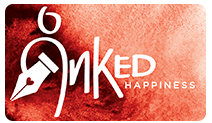
Very nicely reviewed..
Very nice review sir. Indeed the pen looks captivating and very interesting. Especially the jet black colour gives a very slick look. Lovely article sir.